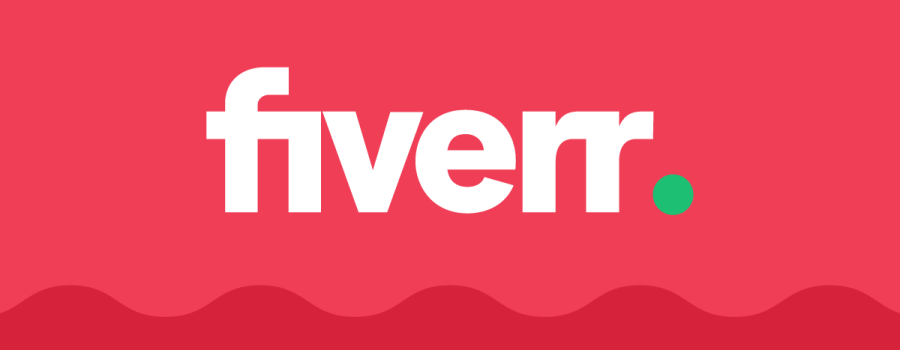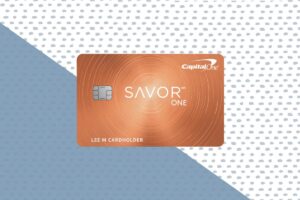Looking to boost your income in 2024? Whether you’re interested in completing simple tasks, freelancing, or selling items, there are apps that can help you make extra cash. Here’s a list of the top 7 apps to make money online, ranked based on their usability, earning potential, and flexibility.
1. Swagbucks
How it works: Swagbucks is a versatile rewards and cashback app. You earn “SB” points by doing activities such as shopping online at partnered retailers (over 1,500 options), taking surveys, watching videos, playing games, and more. The points you accumulate can be exchanged for gift cards, prepaid Visa cards, or cash via PayPal. You can also redeem points for cryptocurrency through Bitcoin gift card options. Points earned vary by task, with surveys typically yielding between 40 to 200 SB points. Some gift card options start as low as 300 SB, making it easy to cash out early.
Payment: PayPal, e-gift cards, prepaid Visa cards, and Bitcoin (via Cryptovoucher).
Pros: The app offers a wide variety of ways to earn rewards and no minimum waiting period to redeem your points. Additionally, there is a $10 sign-up bonus if you make a qualifying $25 purchase.
Cons: Although Swagbucks offers many opportunities, the payouts are relatively low. Each SB is worth approximately one cent, meaning a considerable amount of time is required to accumulate significant earnings. Many users also report frequent disqualifications from surveys or being kicked out mid-survey.
Download: Available on Android and iOS.
2. Fiverr
How it works: Fiverr is a marketplace where freelancers can offer services, known as “gigs,” in over 200 categories, ranging from writing and design to video editing and digital marketing. After signing up, users can list their services with detailed descriptions and pricing. Prices start at $5 but can reach as high as $995 depending on the complexity of the gig. Fiverr assigns levels to sellers based on performance, with top-tier sellers gaining access to exclusive benefits like shorter payout times.
Payment: PayPal, direct bank deposit, Payoneer, or credit to a Fiverr Revenue Card.
Pros: Fiverr has a large user base, so you don’t need to spend time finding clients—they come to you. You also have the freedom to set your rates and earn tips on top of your standard fees.
Cons: Fiverr takes a 20% cut of your earnings, including tips. There is also a mandatory 14-day waiting period before you can withdraw funds, which is reduced to seven days for higher-tier sellers.
Download: Available on Android and iOS.
3. Upwork
How it works: Upwork connects freelancers with clients seeking services in writing, design, marketing, and more. After creating a profile that highlights your skills, experience, and rate, you can bid on projects by submitting proposals. Upwork operates on a credit system called “Connects” that allows freelancers to submit proposals. Clients will review the proposals and select freelancers for their projects. You can get paid either hourly or per project.
Payment: Direct bank transfer, PayPal, wire transfer, Instant Pay, and Payoneer.
Pros: Upwork simplifies the process of finding clients, negotiating deals, and securing payments. You also have full control over your rate and work schedule.
Cons: Upwork charges a service fee that starts at 10%, which decreases as your earnings with a client increase. However, you won’t get paid immediately—the platform holds the payment for 10 days after the billing cycle ends. Additionally, bidding for projects can be competitive.
Download: Available on Android and iOS.
4. OfferUp
How it works: OfferUp is a local marketplace where users can sell anything from clothes and electronics to cars. After merging with Letgo in 2020, OfferUp expanded its reach, allowing sellers to ship items to buyers across the U.S. You can create a listing by snapping a picture of the item, adding a description, and setting a price. For local sales, it’s recommended to meet buyers in person and receive cash, while for shipped items, the buyer covers the shipping cost.
Payment: Local transactions are cash-based, while shipped items can be paid for via bank deposits or debit cards.
Pros: OfferUp makes it easy to create a listing, and you can get paid quickly when selling locally. You can also verify the trustworthiness of buyers by checking their reviews and ratings.
Cons: Selling on OfferUp requires in-person meetings for local sales, which can be inconvenient or unsafe. For shipped items, OfferUp charges a 12.9% service fee or $1.99 minimum. You’ll also need a printer to print shipping labels if you’re mailing products.
Download: Available on Android and iOS.
5. Poshmark
How it works: Poshmark is a platform tailored for selling clothes, accessories, and home décor. After signing up, you can create a listing by uploading photos of the item and providing a description. You can also participate in “Posh Parties”—virtual shopping events for specific categories or brands. Once an item is sold, Poshmark sends you a prepaid shipping label, making the shipping process hassle-free.
Payment: Direct deposit, check, Venmo, PayPal, or Instant Transfer.
Pros: Poshmark handles everything from listing to shipping, and the platform covers issues like lost packages. The payment is usually processed within three days of the buyer receiving the item.
Cons: Poshmark charges fees for selling—$2.95 for items under $15 and 20% for items over $15, which can be significant for lower-priced items.
Download: Available on Android and iOS.
6. Premise
How it works: Premise pays users to complete simple tasks in their local area, such as sharing photos or answering surveys about local conditions, events, or businesses. The app is community-driven and allows users to submit information to help shape decision-making at a local level. After signing up, you can browse and choose tasks that suit your location and interests.
Payment: PayPal, Bitcoin, or Payoneer.
Pros: Premise offers tasks related to community improvement, which can feel rewarding. The platform is ideal for users who enjoy contributing to local projects or data collection.
Cons: Task availability can vary based on location, and some users report that the app can be challenging to navigate.
Download: Available on Android and iOS.
7. Upside
How it works: Upside is a cash-back app that offers rewards on gas, groceries, and restaurant purchases. Users can claim offers via the app and then either scan their receipts or check in at the retailer to receive cashback. Participating locations include thousands of gas stations, grocery stores, and restaurants across the U.S.
Payment: PayPal, bank deposit, or gift cards.
Pros: Upside focuses on everyday purchases, making it easy to earn cashback on routine spending. The app claims that frequent users can earn up to $300 annually.
Cons: The app can be prone to technical glitches, and some users find that uploading receipts can be a tedious process for relatively small payouts.
Download: Available on Android and iOS.
Whether you’re freelancing, selling your unused items, or simply getting cashback on purchases, these apps offer plenty of ways to make money online in 2024. Choose the one that best fits your lifestyle and start earning!





